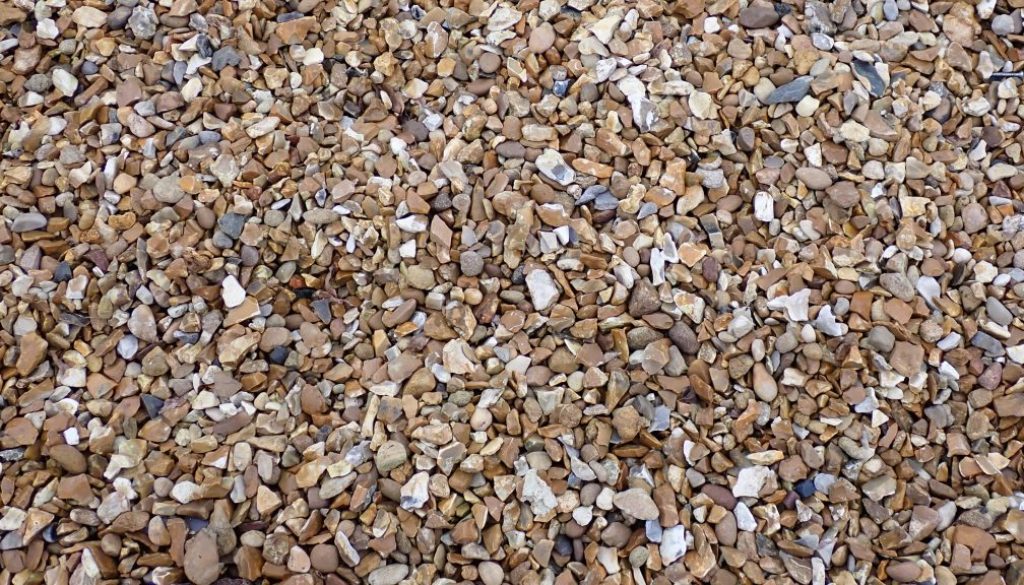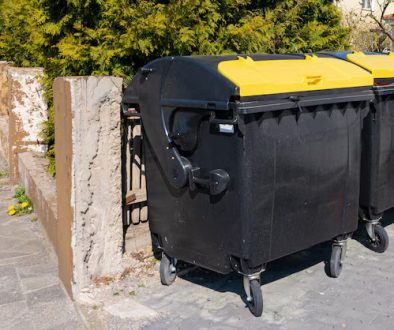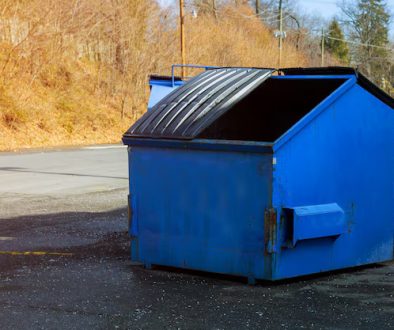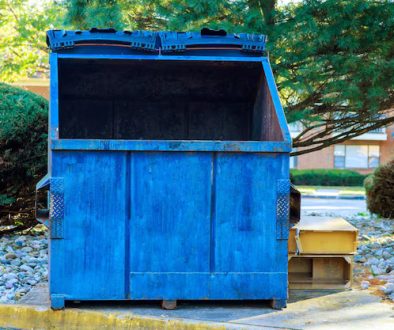The construction industry is a vital sector of the economy that plays a crucial role in developing infrastructure and buildings essential for human life. The construction industry requires many materials, from steel and cement to bricks and sand.
Building aggregates are one of the most important materials used in construction. They are essential for creating a solid foundation and building structures that withstand various weather conditions.
What Are Building Aggregates?
Building aggregates are materials used in the construction industry to create a solid foundation and building structures. They are a mixture of different materials, including sand, gravel, crushed stone, and recycled materials. Building aggregates are used in various stages of construction, from the foundation to the finishing touches.
Types of Building Aggregates
There are various types of building aggregates used in the construction industry. Here are some of the most commonly used.
1. Sand
Sand is one of the most common building aggregates. It is used in various construction projects, from creating concrete to laying bricks. Sand is also used in landscaping projects, such as creating artificial beaches or golf courses. Different types of sand are used for different purposes, such as fine sand for plastering or coarse sand for concrete mixtures. Sand is a versatile building aggregate used in various construction applications.
2. Gravel
Gravel is another popular building aggregate. It is used in creating a solid foundation for buildings and roads. Gravel is also used in landscaping projects, such as creating paths and driveways. Different gravel sizes are used for various purposes, such as larger stones for road construction or smaller pebbles for decorative purposes. Gravel is a durable building aggregate that is resistant to erosion and can withstand heavy loads.
3. Crushed Stone
Crushed stone is a coarse building aggregate used to create a solid foundation for buildings and roads. It is also used in landscaping projects, such as creating decorative pathways and retaining walls. Crushed stone is available in different sizes and shapes, such as angular or round stones. Crushed stone is a strong building aggregate that can withstand heavy loads and provide a stable base for construction projects.
4. Recycled Materials
Recycled materials like crushed concrete and asphalt are becoming more popular in the construction industry. These materials are often used as a substitute for natural resources and can help reduce waste in landfills. Recycled building aggregates are also eco-friendly and can contribute to sustainable construction practices. Recycled materials are as strong as natural materials and provide a durable base for construction projects.
Uses of Building Aggregates
Building aggregates are used in various construction projects. Here are some of the most common uses.
1. Concrete
Building aggregates are the primary ingredients used to make concrete. They are combined with cement and water to create a strong and durable material used in building foundations, walls, and floors
2. Roads
Building aggregates create the base of roads, highways, and bridges. They create a stable foundation that can withstand heavy traffic and weather conditions.
3. Landscaping
Landscaping projects use building aggregates to create paths, driveways, and patios. They are also used as decorative materials in gardens and outdoor spaces.
4. Drainage
Building aggregates create drainage systems that help prevent flooding and water damage. They are used to create channels that direct water away from buildings and other structures.
Why Are Building Aggregates Important?
1. Foundation
Building aggregates are essential for creating a solid foundation. The foundation is the most crucial part of any construction project and must be strong enough to support the building’s weight. Building aggregates, such as crushed stone and gravel, are used to create a stable base for the foundation. These materials help to distribute the weight of the building evenly, preventing the foundation from sinking or shifting.
2. Structural Integrity
In addition to creating a strong foundation, building aggregates are also crucial for ensuring the structural integrity of the building. When used in combination with other materials, such as cement, building aggregates provide the necessary strength and durability that a building needs to withstand various weather conditions. For instance, aggregates like sand and stone are used in concrete to create a sturdy and long-lasting structure. The strength of the building structure is essential to ensure the safety of the occupants.
3. Drainage
Building aggregates are also essential for providing proper drainage. When it rains, water can accumulate around the foundation, causing damage to the building’s structure. Building aggregates, such as gravel or crushed stone, create a drainage layer that allows water to flow away from the foundation and into the drainage system. This prevents flooding and water damage, which can be costly to repair. Proper drainage is essential to ensure the longevity of the building structure.
4. Aesthetics
Building aggregates are also crucial for the aesthetic appeal of a building. They are used in various ways, from creating decorative pathways to adding texture to walls. For instance, exposed aggregate concrete is popular for driveways and walkways because it provides a decorative and slip-resistant surface. Using building aggregates in landscaping projects can also enhance the beauty of the natural environment. The aesthetic appeal of the building is essential for attracting and retaining occupants.
5. Sustainability
Building aggregates are essential for sustainable construction practices. Using recycled materials, such as crushed concrete and asphalt, can reduce waste in landfills and conserve natural resources. Recycled building aggregates are eco-friendly and can contribute to sustainable construction practices. Additionally, building aggregates can reduce the carbon footprint of construction projects. Sustainable construction practices are essential to minimize the building industry’s impact on the environment.
Conclusion
Building aggregates create a solid foundation, ensures structural integrity, provides proper drainage, add aesthetic appeal, and promotes sustainability. Various types of building aggregates include sand, gravel, crushed stone, and recycled materials. Using building aggregates is crucial for creating long-lasting, durable structures that withstand various weather conditions.
Are you looking for a reliable, family-run skip hire and aggregate company in Staffordshire? Look no further than Enviro Skip Hire! With our wide range of skip sizes and high-quality 6f2 aggregate, we can provide the materials you need for your construction project. Trust our expertise and exceptional customer service to make your job easier. Contact us today to learn more!




